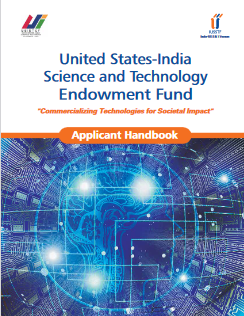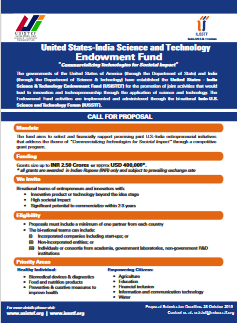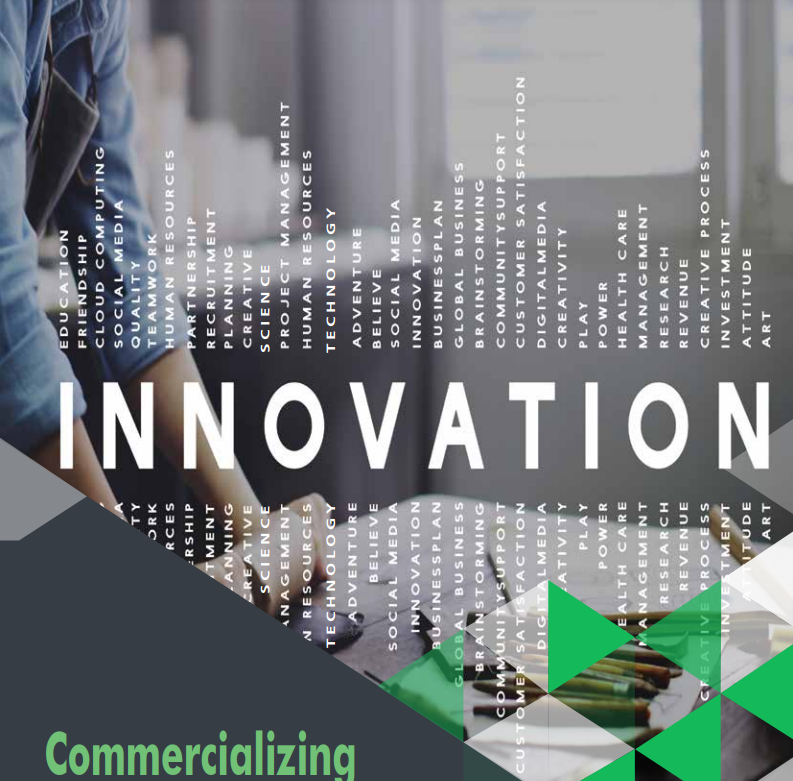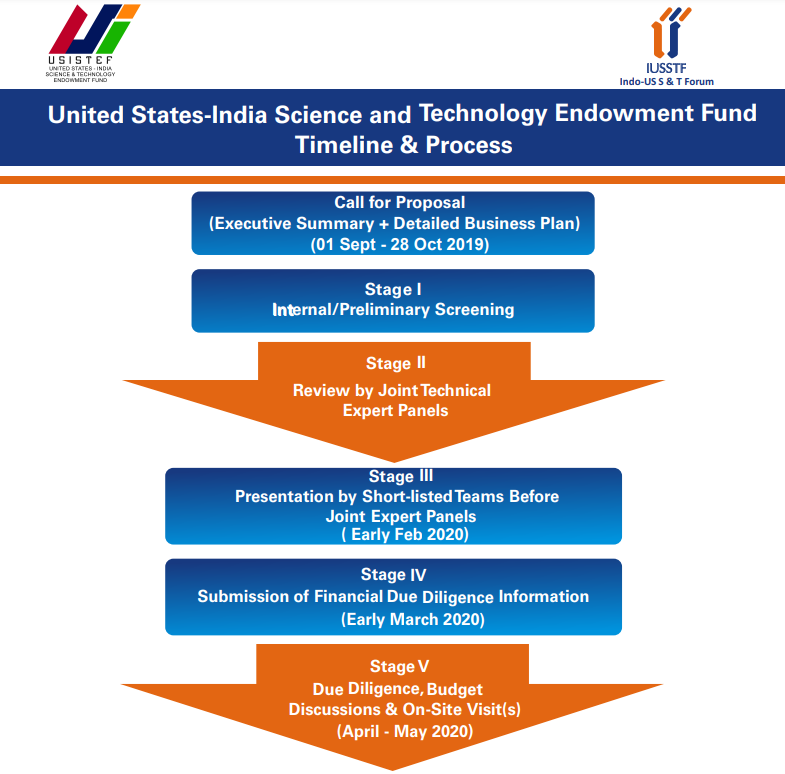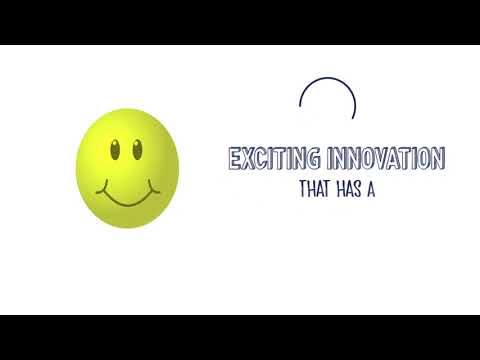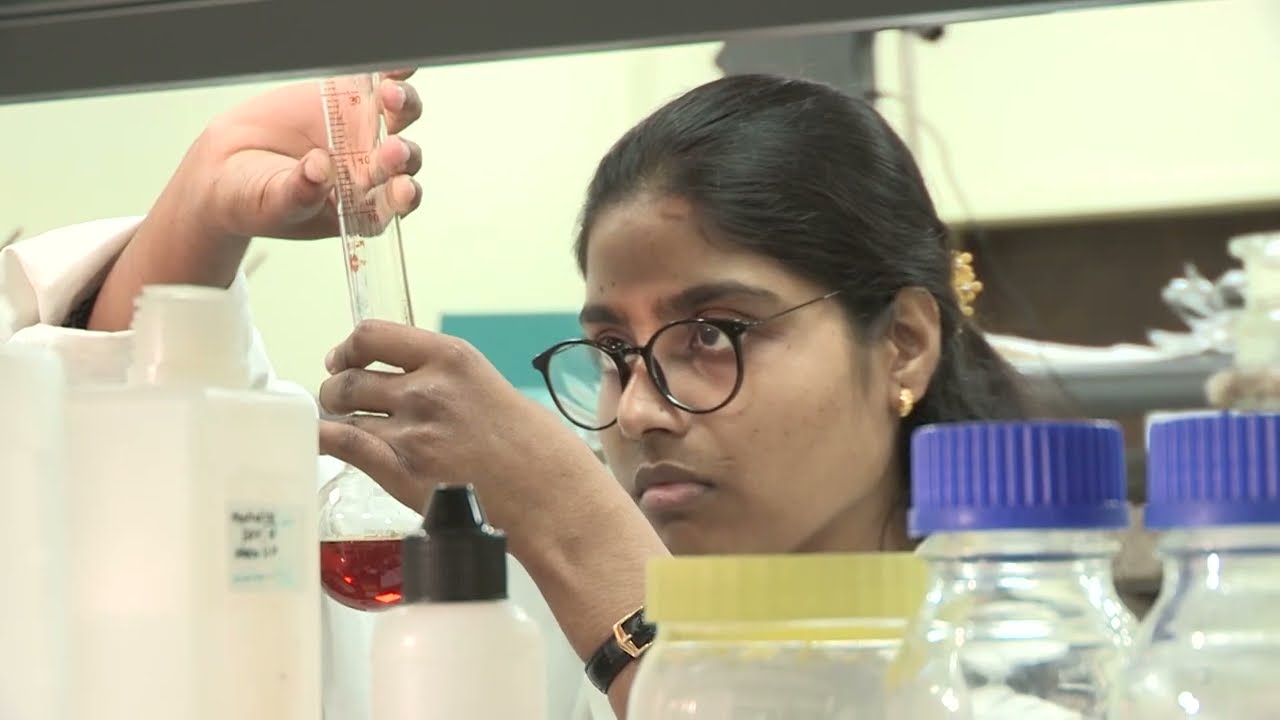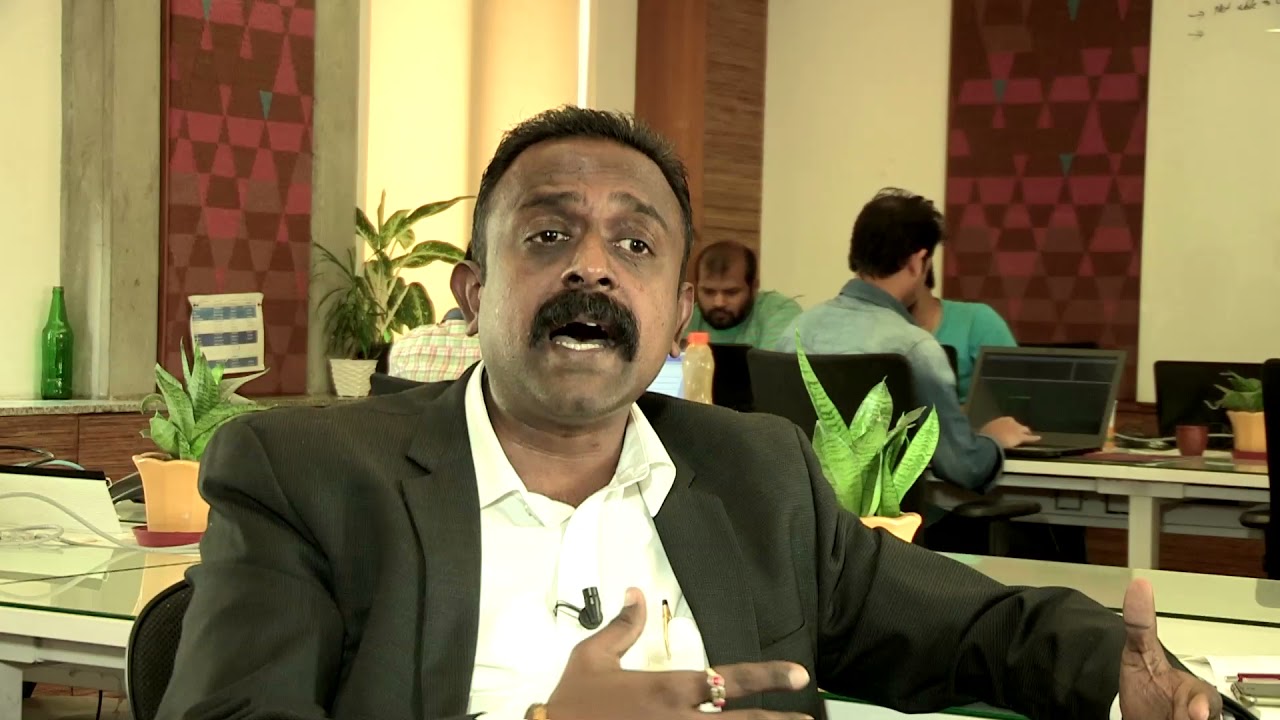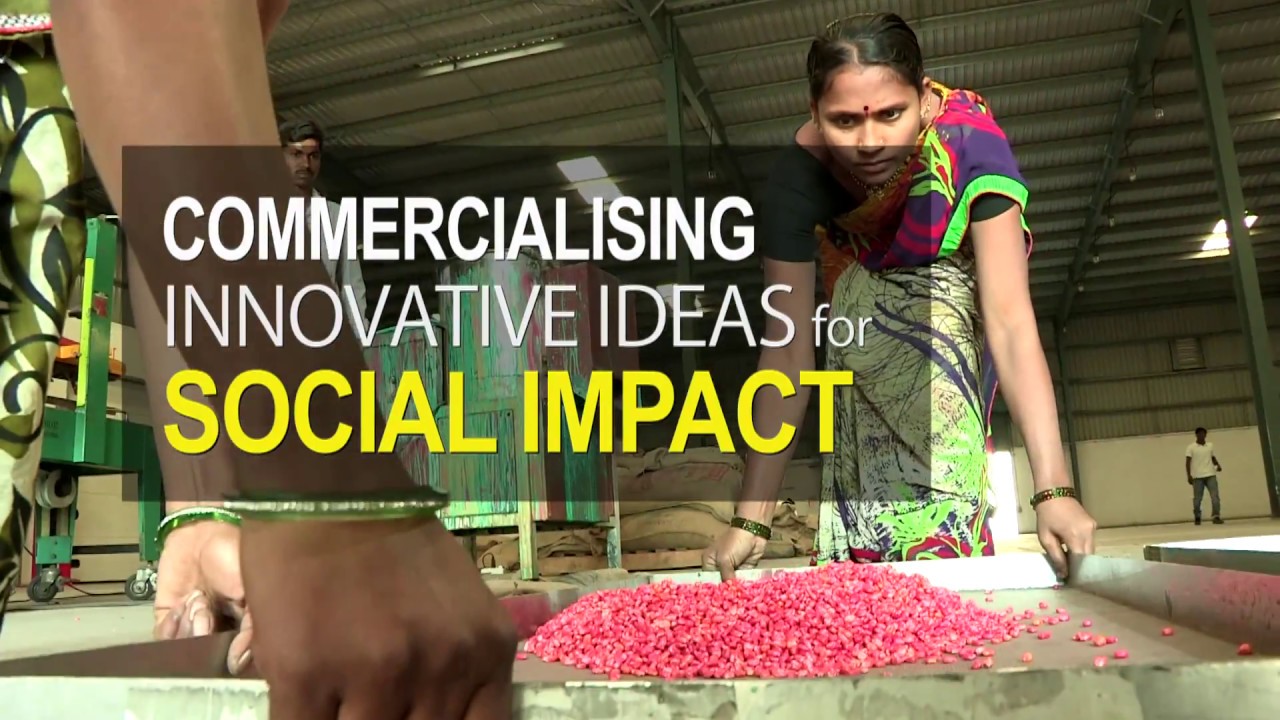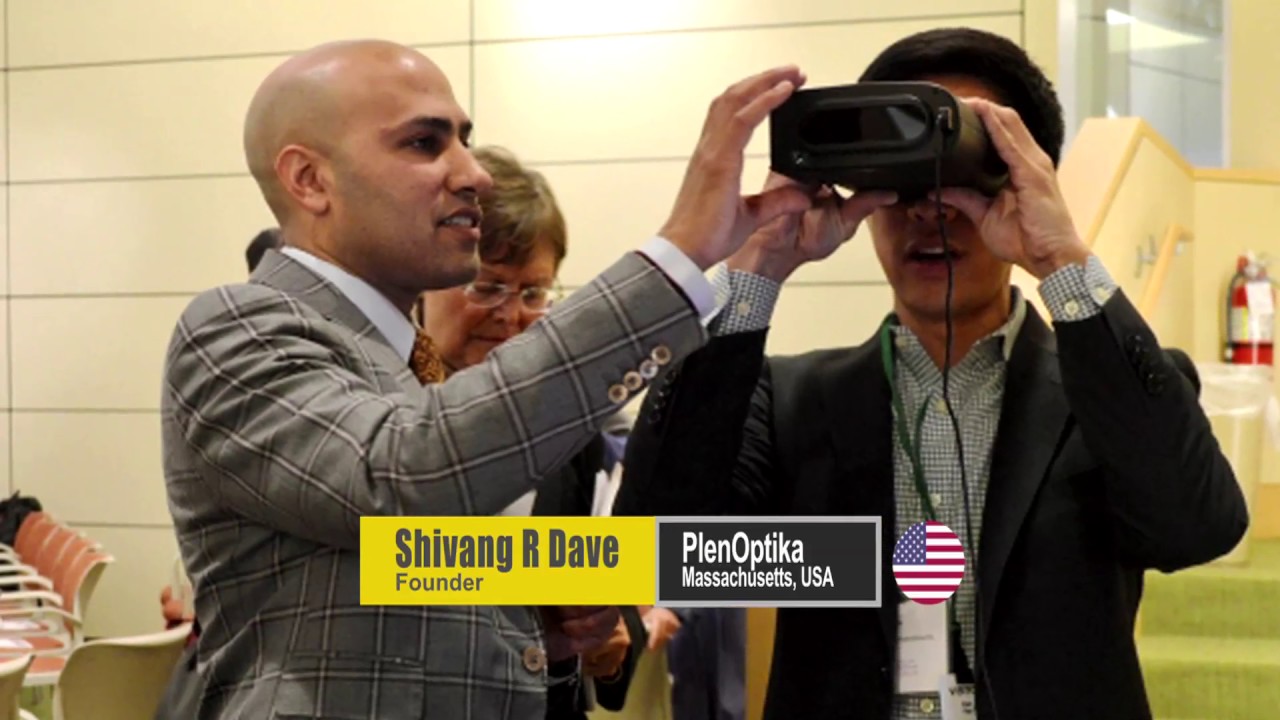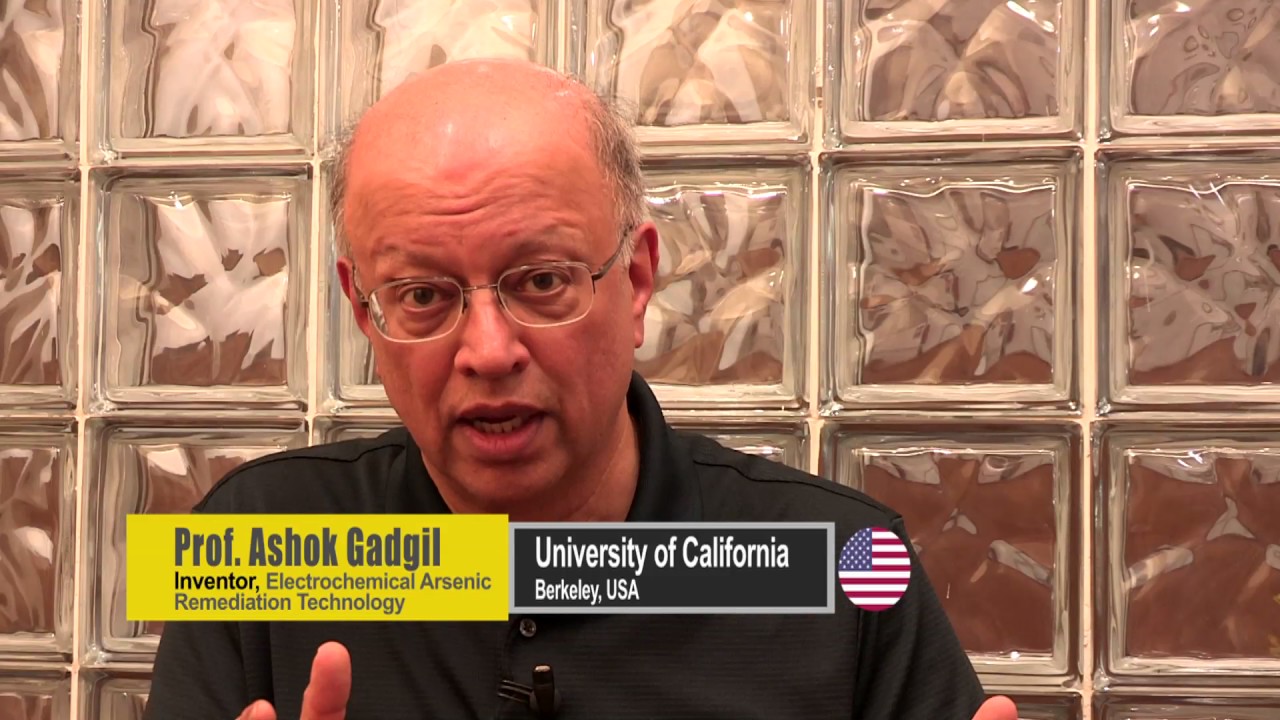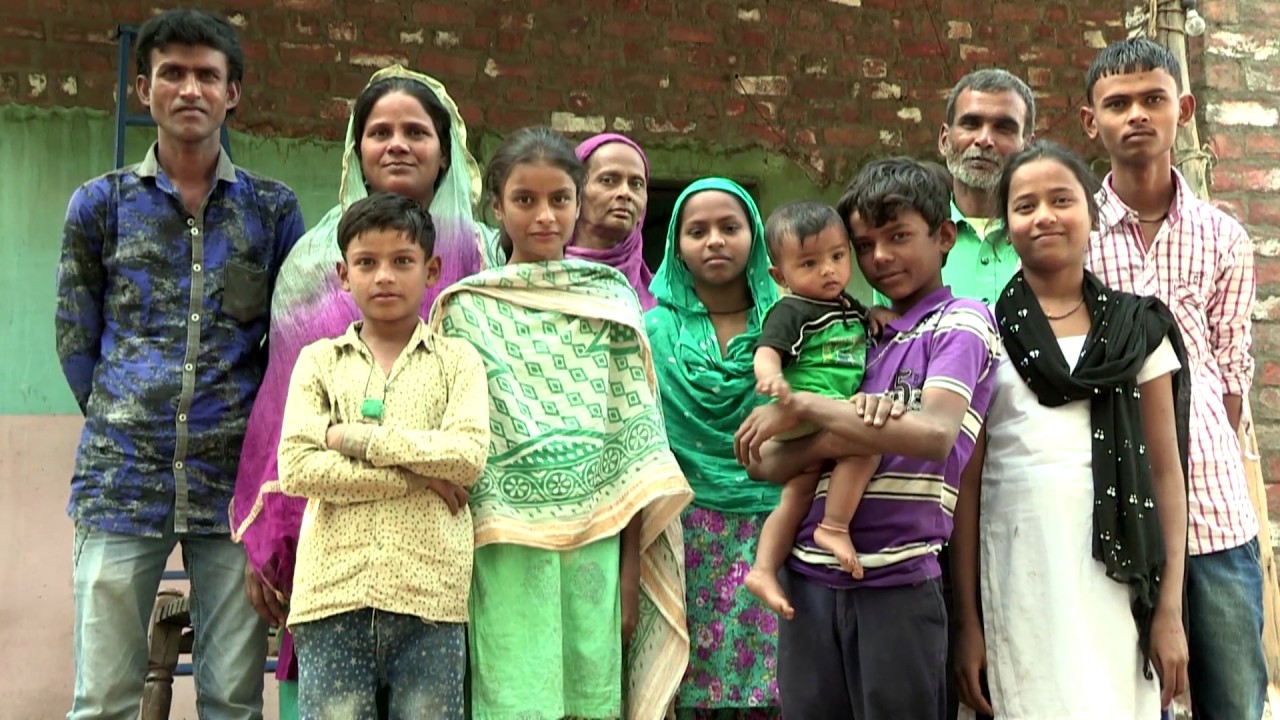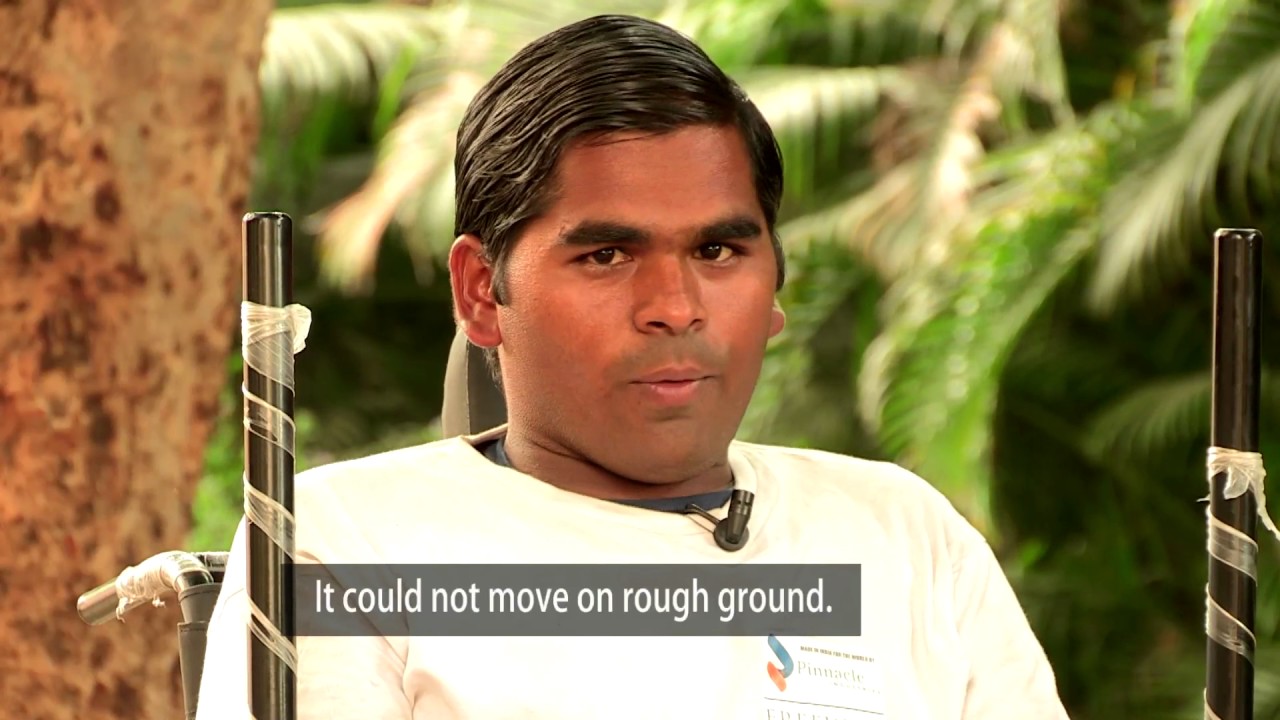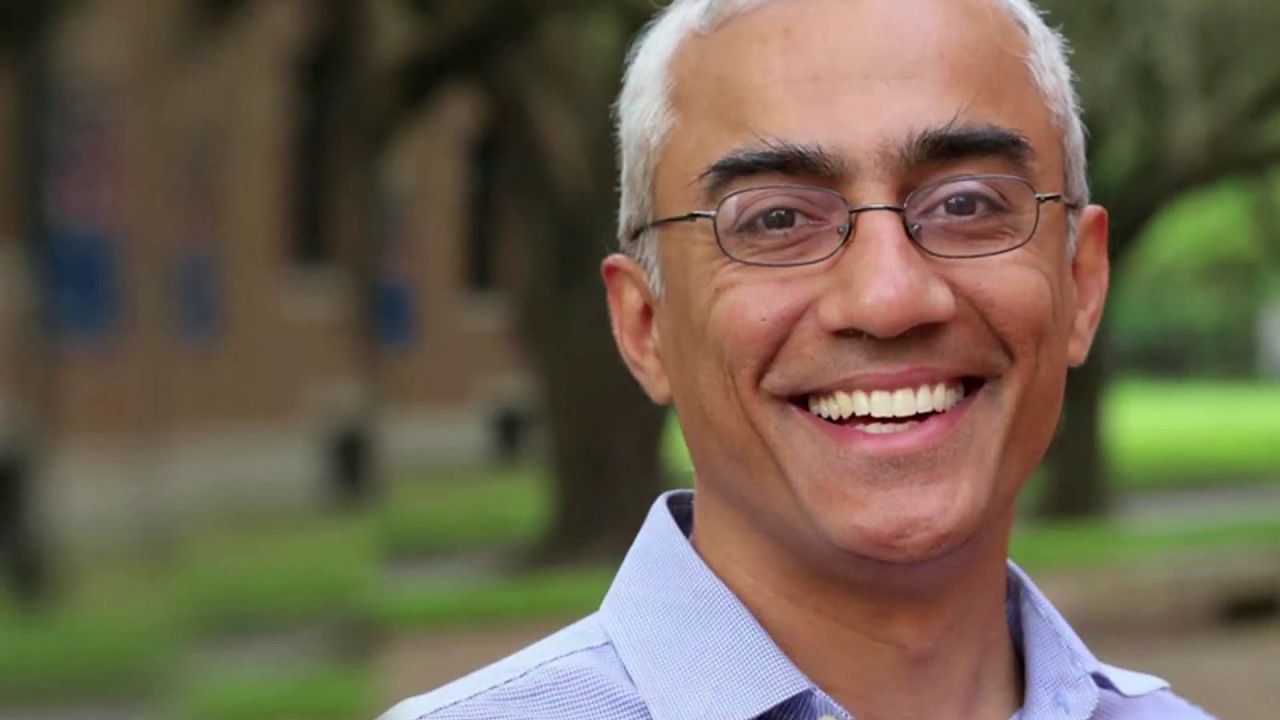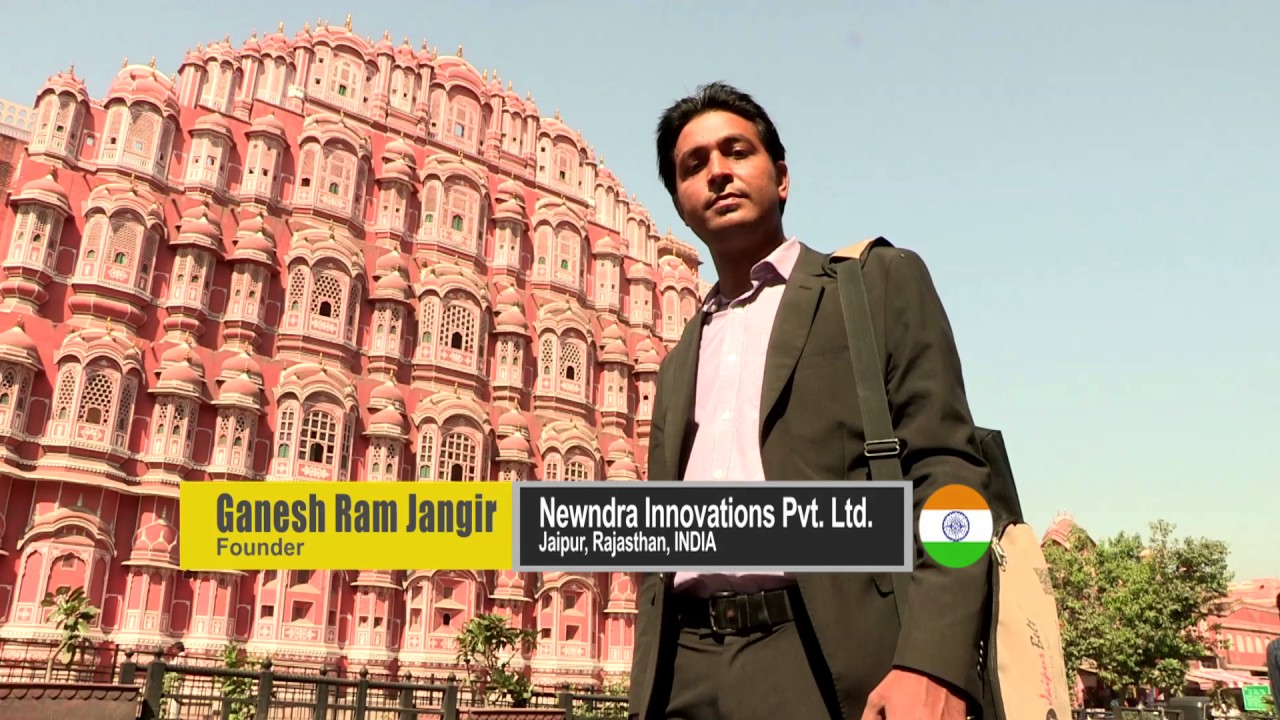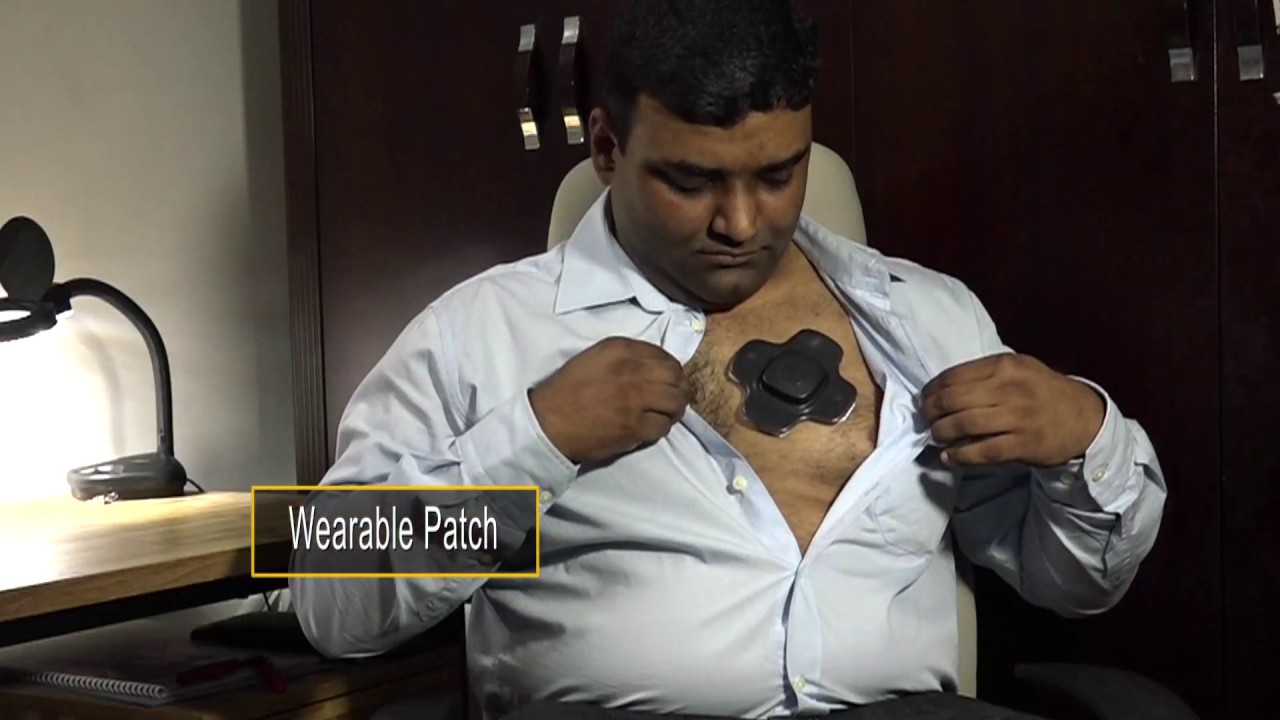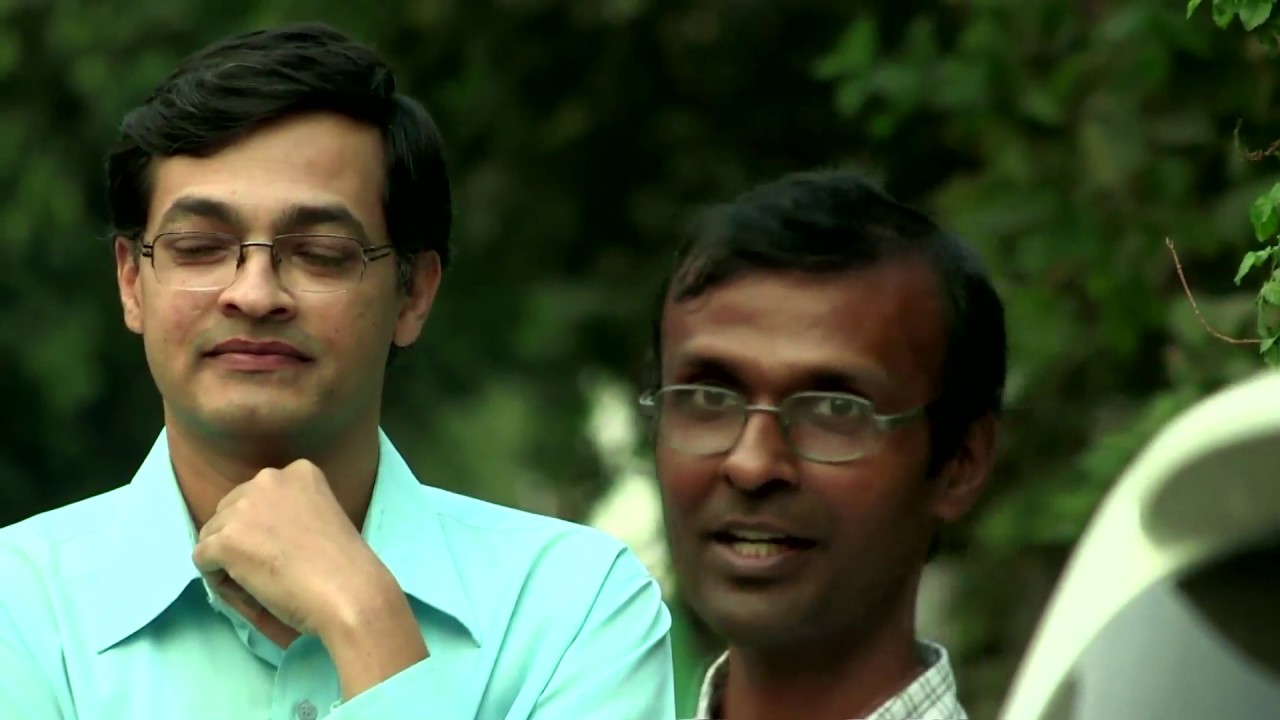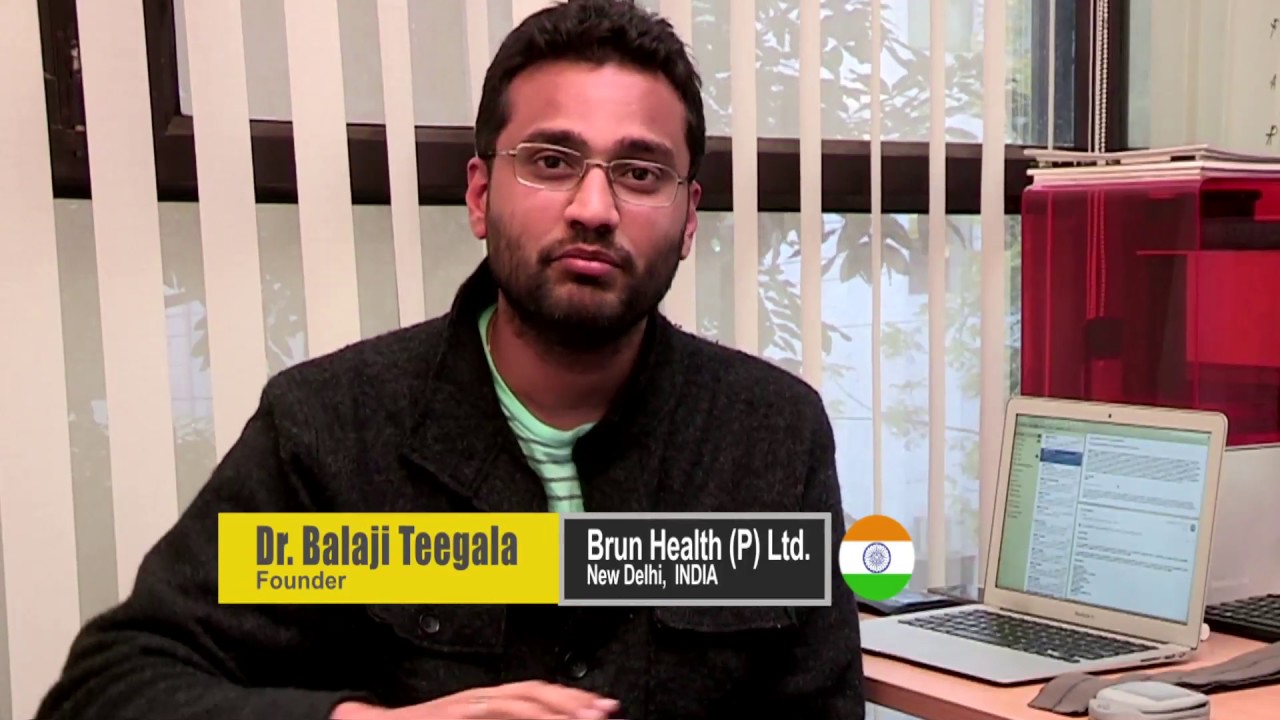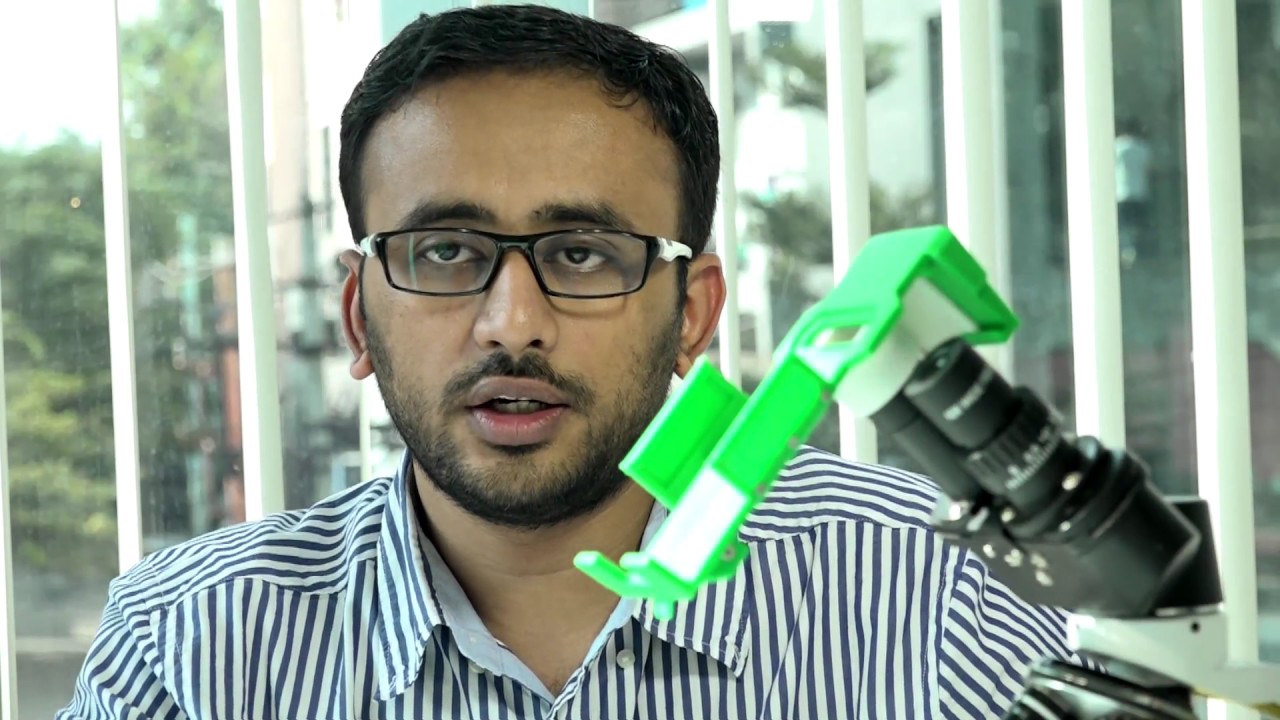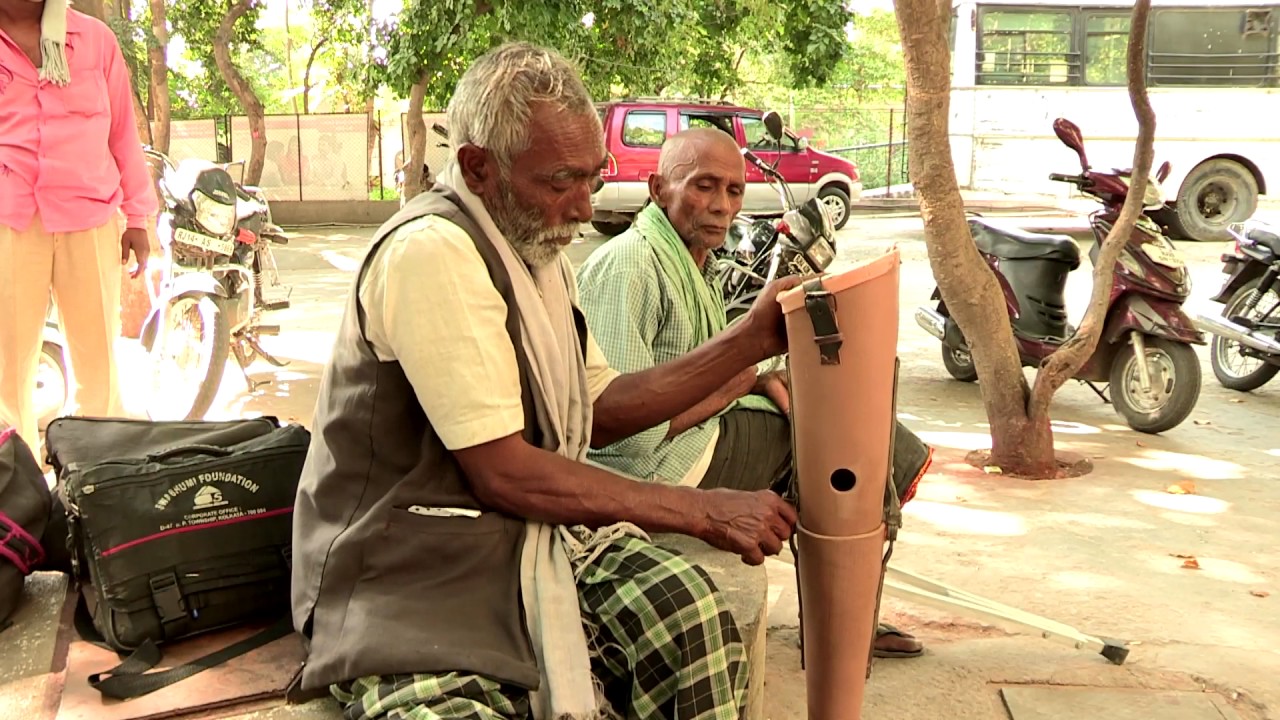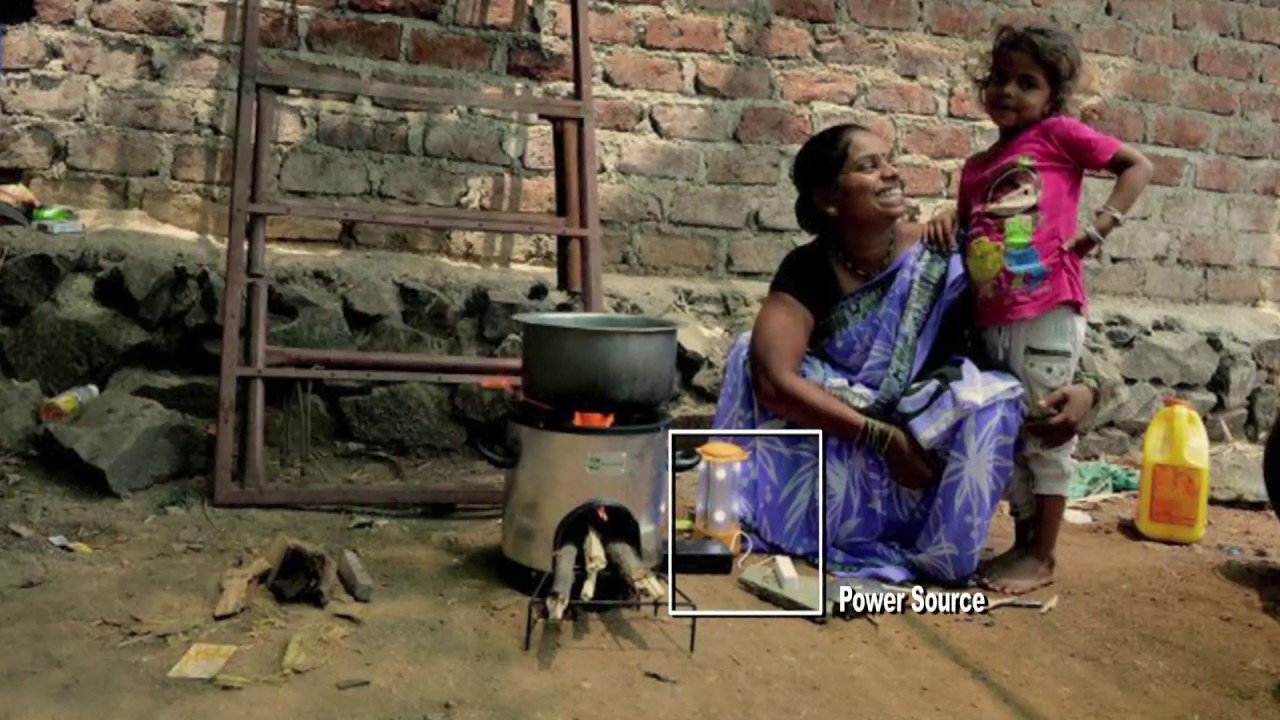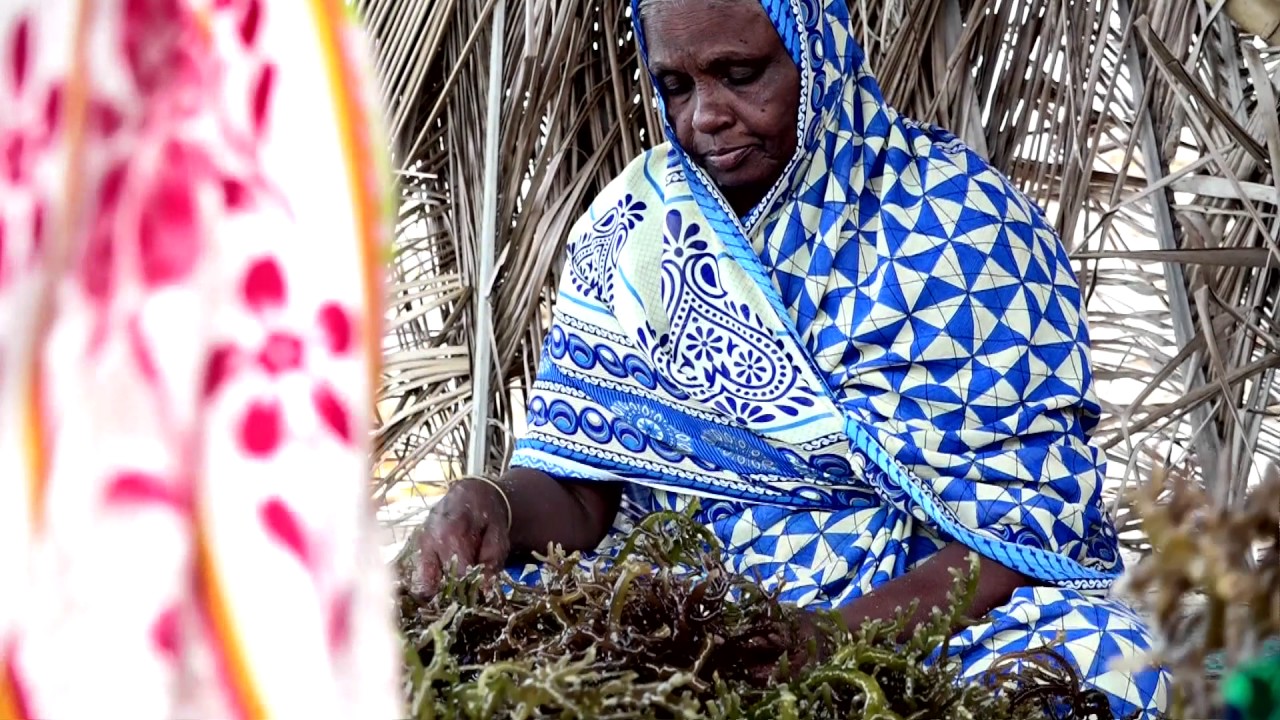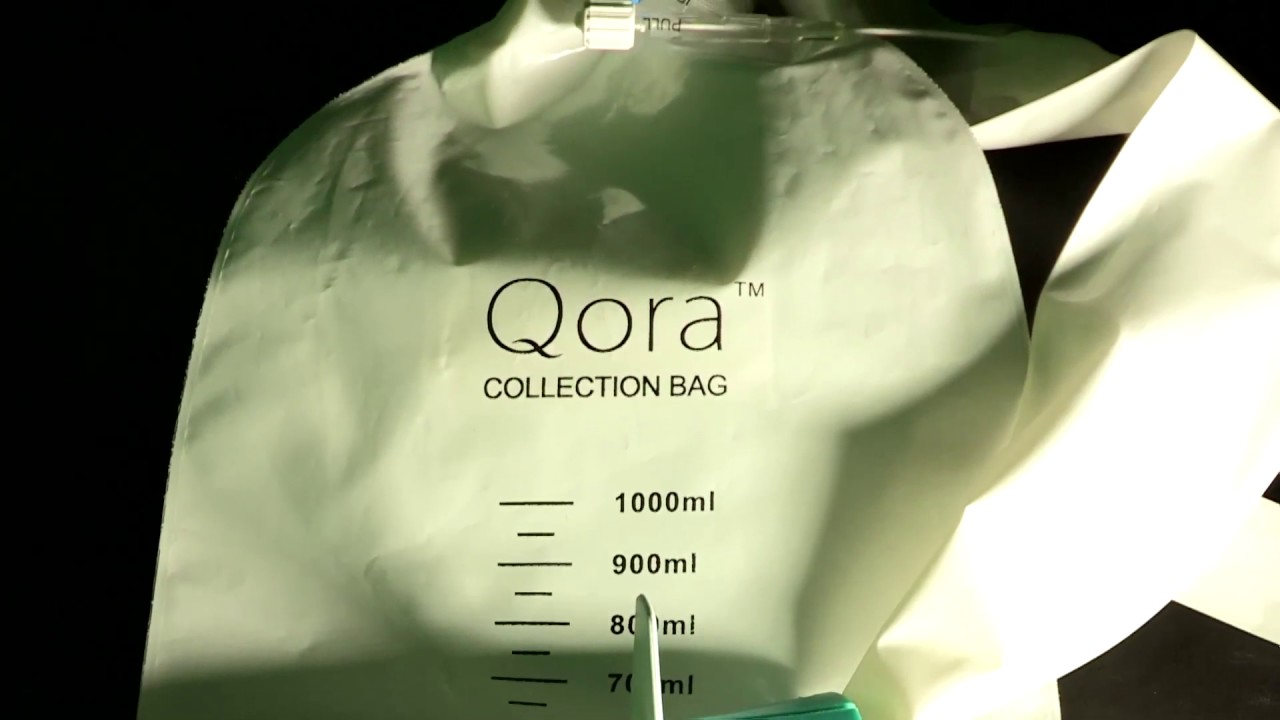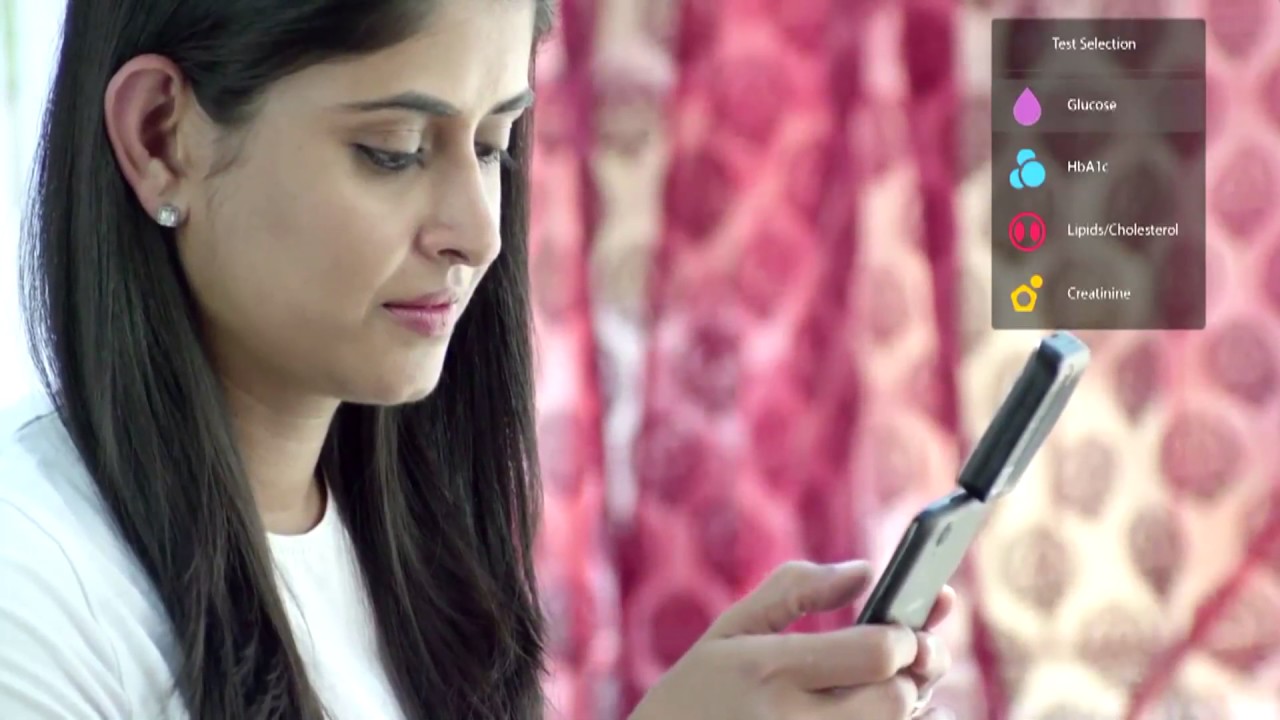U.S-India Science & Technology Endowment Fund - Iusstf
Program CoverImage And Description
ProgramContentWeb
Objectives
Through a competitive grants program, the Fund selects and supports financially promising joint U.S.-India entrepreneurial initiatives that address the theme of “commercializing technologies for societal impact.” These initiatives can originate from government, academic, non-governmental or commercial entities, and any combination thereof provided they focus on applied R&D, incorporate a business plan and proof of commercial concept, and have significant sustainable commercial potential.
Program Areas
Healthy Individual
Supports the development of affordable biomedical devices, diagnostic/preventive/curative measures, or food and nutrition products to improve health. (Drug development and clinical trials are not eligible activities in this category).
Empowering Citizens
Supports efforts to reduce the digital/technology divide. This could include information and communication technologies with societal impact in areas such as water, agriculture, financial inclusion, and education, among other areas.
Subject to change with evolving priorities. Promising areas other than the above areas may also be considered.
Grant Size
Funding
Grants of up to Rs. 2.50 crores or approximately $400,000 (subject to prevailing exchange rate). Proposals outside this range may be considered under exceptional circumstances at the discretion of the U.S.-India Science & Technology Endowment Board (hereafter referred to as the 'Board').
The applicants should put together their Budget requirement based on realistic assessment, corresponding to direct cost involved and properly justified by the nature and quantum of work involved. An attempt to do over budgeting simply to fill the bandwidth with maximum grant size is out rightly discouraged.
It may be noted that Endowment Fund is an Indian Rupee Fund and all the grants are denominated in Indian rupees (INR) only. Awards are made in tranches according to project milestones, and installment amounts are fixed in Rupees. For U.S. Awardees, the grant is transferred after converting it into USD at the prevailing exchange rate as on the date of disbursement, with no adjustment made for foreign exchange rate fluctuations. However, the applicants are encouraged to consider requesting a provision under the contingency line item of up to ten percent (10%) of the total budget in the event of a devaluation of the rupee against the dollar.
The Board will give stronger preference to proposals that include a reasonable balance in the distribution of work and the grant between Indian and U.S. partners.
Grants will be released in a phased manner based on successful completion of milestones (which may include requirements to raise/ invest additional outside funding to support the project).
All milestones for the grants will be specified at the time of the award.
The Board reserves the right to limit its award to selected project activities and milestones, and in doing so approve partial funding.
Things to Remember
The applicants should thoroughly review the entire Information Handbook for detailed information and understanding the processing of the U.S. - India Science and Technology Endowment Fund at different stages1.
The evaluation of all the submitted applications will be undertaken by the U.S.-India Science and Technology Endowment Board in consultation with external experts and per the need of the application.
1It may be noted that the U.S.-India Science and Technology Endowment Board may change the processes, timeline, formats and Terms and Conditions at any time without specific notice. The decisions of the U.S.-India Science and Technology Endowment Board will be final.
Eligibility
Proposals must include a minimum of one partner from each country. Bi-national teams applying to the Endowment Fund will work together to commercialize technologies for societal impact.
The bi-national teams can include:
- Incorporated companies including start-up companies; or
- Non-incorporated entities; or
- Individuals or consortia from academia, government laboratories, non-government R&D institutions
As a general policy, participation of large companies is not encouraged as a competitor for USISTEF grants. However their participation would be encouraged if they can bring distinct value to the partnering start-up and demonstrate their long term interest. Notional cost(s) can be provided to such large companies to take care of their direct expenses.
Each bi-national team must include at the time of application an entrepreneurial (small-scale as opposed to large-scale) entity that will receive a portion of the grant and take the technology to the market. If partners are planning to form a new venture to commercialize the technology, the proposal should include the planned incorporation date and the amount of grants requested for the new entity.
The teams should be able to accept the terms and conditions of the award (Annexure-I) in case the proposal is approved.
The relationship between the U.S. and Indian partners must be clearly defined, including ownership of intellectual property rights for the technology proposed to be developed and commercialized.
The applicants must make a credible case that the proposed technology can enter the market within 2-3 years.
Confidentiality and Intellectual Property Guidelines
All reviewers must sign a non-disclosure and conflict of interest agreement (Annexure VIII) with the Indo-US Science & Technology Forum (IUSSTF), Executive Secretariat for the United States–India Science & Technology Endowment Board. All information provided throughout the proposal process will be kept in strict confidence; however, neither the Endowment Board nor IUSSTF will sign non-disclosure agreements with any applicants.
Project Title
Indian Partner
US Partner
An Affordable Ambulatory 24-Channel Clinical Grade Robotic Video Electroencephalography (VEEG) Solution for the Diagnosis and Monitoring of Neurological & Mental Health Conditions
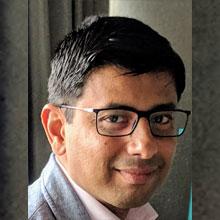
Raja Aditya Kadambi
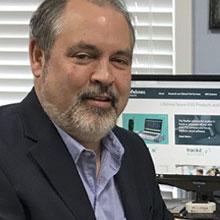
Simon Griffin
The Problem:
The Solution:
An Affordable, Non-Invasive Multiplexed Platform to Rapidly Detect High Risk Oncogenic HPV Strains in Self-Collected Samples (Point of Care, Field Deployable, Highly Multiplex, Genital/Urinary Samples

Nikhil Phadke

Steven Benner
The Problem:
The Solution:
Co-Design, Evaluation and Technology Transfer of an Adjustable, Affordable and Transportable Paediatric Postural Support Wheelchair for India

Soikat Ghosh Moulic

Anand Mhatre
The Problem:
The Solution:
Empowering Energy Frugal, Inexpensive Waste-Less Food Storage and Transport (for Seven Lakh Indian Villages)
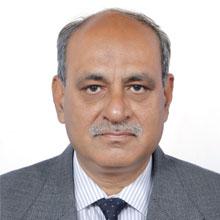
Anurag Agarwal
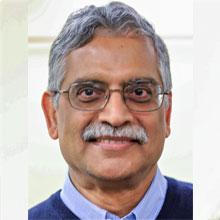
Srinivas Garimella
The Problem:
The Solution:
TranscribeGlass: Affordable Heads-Up Real-time Captioning Device for the Deaf and Hard-of-Hearing

Madhav Lavakare

Kyle Keane
The Problem:
The Solution:
Governing Board
 Indian Members
Indian Members
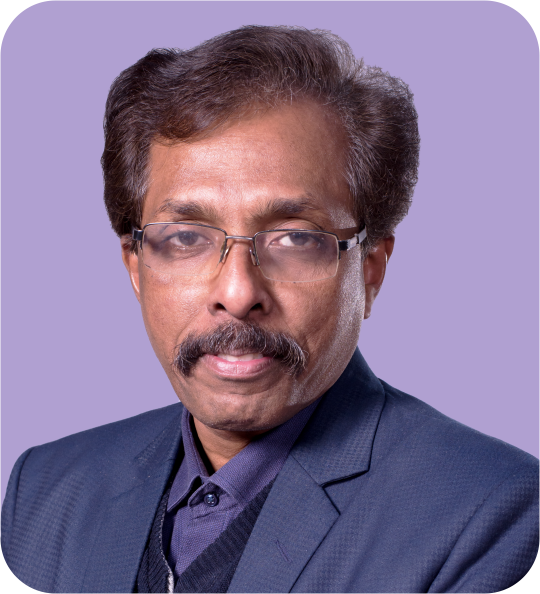
Dr. Praveen Kumar Somasundaram
(Co-Chair)

Dr. Praveen Roy
.jpg)
Mr. Shatrughna Sinha
Dr. V. Premnath
Dr. Shirshendu Mukherjee
Mr. Ananta P. Sarma
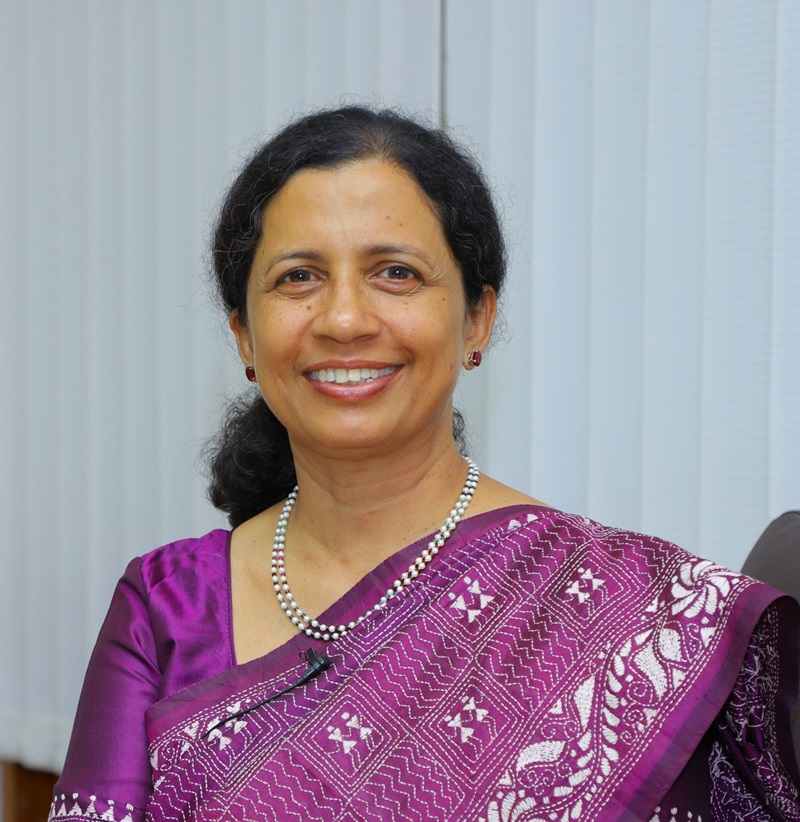
Dr. Mini Shaji Thomas
.jpg)
Mr. Kapil Kaul
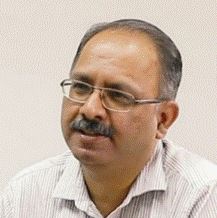
Dr. P. V. Madhusudhan Rao
 U.S. Members
U.S. Members

Ms. Amy Schedlbauer (Co-Chair)
Dr. Shyam Sunder
.jpg)
Representative
Dr. Ranjan Gupta
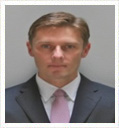
Mr. Peter T. Dabrowski
Dr. Tania Fernandez
Mr. Somshubhro (Som) Pal Choudhury
.jpg)
Mr. Bryan Byrne
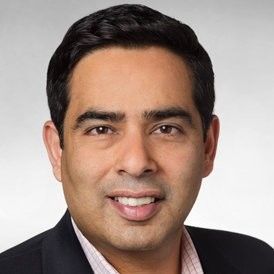
Mr. Abhiroop Gandhi
- What is the U.S.-India Science & Technology Endowment Fund?
The governments of the United States of America (through the Department of State) and India (through the Department of Science & Technology) have established the United States–India Science & Technology Endowment Fund (USISTEF) for:
- The promotion of joint activities that would lead to innovation and entrepreneurship through the application of science and technology.
- The aim of the Fund is to support and foster joint applied R&D to generate public good through the commercialization of technology developed through sustained partnerships between U.S. and Indian researchers and entrepreneurs.
The U.S.-India Science and Technology Endowment Fund activities are implemented and administered through the bi-national Indo-U.S. Science and Technology Forum (IUSSTF).
- What are the objectives of the US-India Science & Technology Endowment Fund?
Through a competitive grants program, the Fund selects and supports financially promising joint U.S.-India entrepreneurial initiatives that address the theme of “commercializing technologies for societal impact.” These initiatives can originate from government, academic, non-governmental or commercial entities, and any combination thereof provided they focus on applied R&D, incorporate a business plan and proof of commercial concept, and have significant sustainable commercial potential.
- What is “societal impact”?
For the purposes of the Endowment Board, societal impact could involve ideas that help poorer or underserved sections of society. Technologies might significantly reduce the cost of a product or service or enhancing the scope of service at the same cost, benefitting the poor or citizens in remote areas (either in the U.S. or India). Or they might create new solutions improving the quality of life for people in either country.
- What are the program areas for support?
The program is divided into two broad categories:
- Healthy Individual: Supports the development of affordable biomedical devices, diagnostic/preventive/curative measures, or food and nutrition products to improve health. (Drug development and clinical trials are not eligible activities in this category).
- Empowering Citizens: Supports efforts to reduce the digital/technology divide. This could include information and communication technologies with societal impact in areas such as water, agriculture, financial inclusion, and education, among other areas.
- Can I apply for two or more different projects in each category?
Yes
- What are the eligibility criteria for applying for the Fund?
A. A minimum of one partner from each country (U.S. & India). Bi-national teams applying to the Endowment Fund will work together to commercialize technologies for societal impact. The binational teams can include:
- Incorporated companies including start-up companies; or
- Non-incorporated entities; or
- Individuals or consortia from academia, government laboratories, nongovernment R&D institutions
B. Each bi-national team must include at the time of application an entrepreneurial (smallscale as opposed to large-scale) entity that will receive a portion of the grant and take the technology to the market. If partners are planning to form a new venture to commercialize the technology, the proposal should include planned incorporation date and the amount of grants requested for the new entity.
C. The proposal must address a problem, which has a mass societal impact.
D. The project should be scalable and sustainable with a business model.
E. The applicants must make a credible case that the proposed technology can enter the market within 2-3 years.
- Can small businesses apply for finding under this program?
Yes. Any individual/entity could apply as part of a bi-national team meeting mandatory application requirements (see question 4 & 6 above).
- Can an application be made for amounts smaller than those indicated in the release?
Yes.
- What is the percentage of the project cost covered by the grant, and does any investment need to be committed by the researcher and/or the company?
The applicant bi-national team must work out these details and clearly state their plans when submitting their proposal. If awarded, the amount of grant would be decided by the Endowment Board/IUSSTF and might not be equal to the total amount requested in the proposal.
- Are equipment, fabrication costs, salary, consultancy, etc. covered under this grant?
Yes. Request for grants can be apportioned under these heads with proper justification. However salary for the project coordinators and already existing staff would not be covered. Staff costs clearly attributable to the project could be covered (include those of existing staff who are reassigned to project duties). The decision of IUSSTF/ Endowment Board regarding the budget and its breakup would be final.
- How is the confidentiality of the project submitted guaranteed?
A Non-Disclosure Agreement will be signed by all reviewers with IUSSTF to ensure confidentiality. The Endowment Board and its Executive Secretariat IUSSTF will not enter into nondisclosure agreements with outside parties.
- Are consortia acceptable?
Yes. Any individual/entity as part of bi-national team could apply as long as its proposal has the essential commercialization potential (in the specified areas) and meets all the mandatory application requirements (see question 4 above).
- Is inclusion of an academic partner in one or both countries required?
Inclusion of an academic partner would be acceptable though not mandatory. All identified partners of a team, including academic ones, must have clearly specified roles and contributions.
- At what stage of development do the devices need to be before submission? Can the submission include something that is mostly finished, or is some amount of basic R&D allowed?
The proposed technology must have potential towards commercialization within two to three years.
- What are the expectations after the Grant has been awarded?
The grantee will be required to meet pre-determined milestones and grants will be released upon meeting each milestone. Milestones and grant instalments will vary depending on the individual grantee’s plan.
- Would you fund grants to service companies which are based in the United States or India?
Pure service companies that do not leverage significant science and technology innovation will be unlikely to be considered favourably
- Are the grants applicable to companies that have already developed a technology and looking at marketing / expanding the Indian / U.S. geography with the help of the grant from the USISTEF?
NO. Pure trading activities are not considered for the grant
- If the Indian or US partner is a subsidiary or a relative. Do we need to disclose that in the proposal?
Yes, in case the applicant’s Indian / US partner is related as a group company or relative, the same needs to be clearly disclosed in the proposal.
- Are these grants given as debt or equity into the companies?
No, these awards will be pure grants and are not structured as either debt or equity investments.
- Can I get more information about the process, timeline, formats of the USIST Endowment Fund?
All the information regarding the process, timeline, formats, terms and conditions of the Endowment Fund may be accessed from the website www.usistef.org.
- What if I need a partner, who can help me or join hands for my application ?
With our new feature of "Find a partner for collaboration", the applicant can now post his requirements that he intends to find in a new partner. Also, he/she can find a suitable partner by filtering through the uploaded profiles based on Country and Category. Please visit http://iusstf-ef.ciieindia.org/viewprofiles for more details. Please go through the Terms and Conditions before Submitting and/or Searching for a profile under " Find a partner for collaboration".


